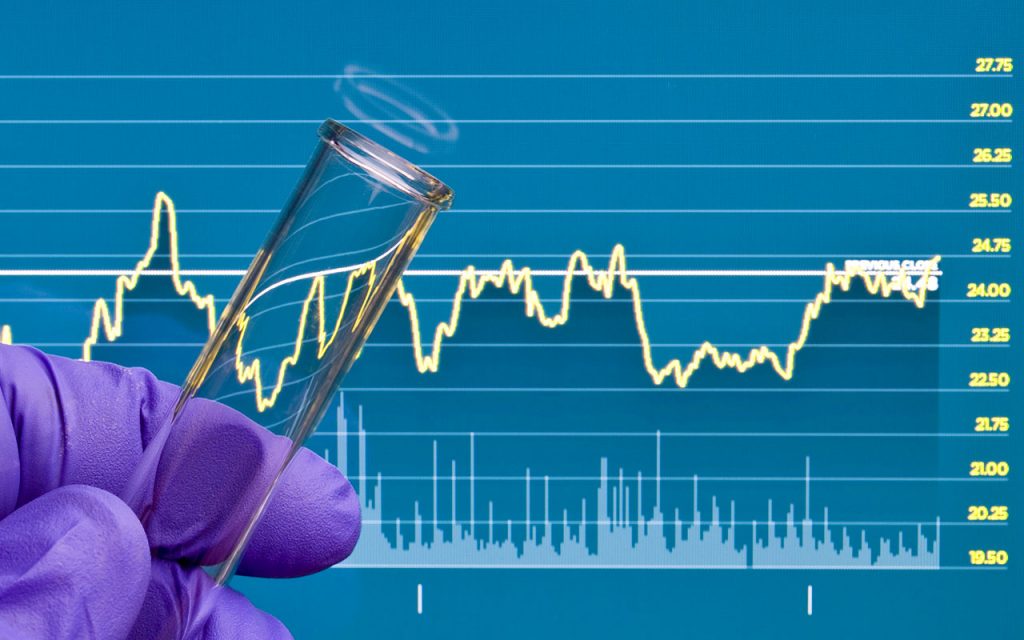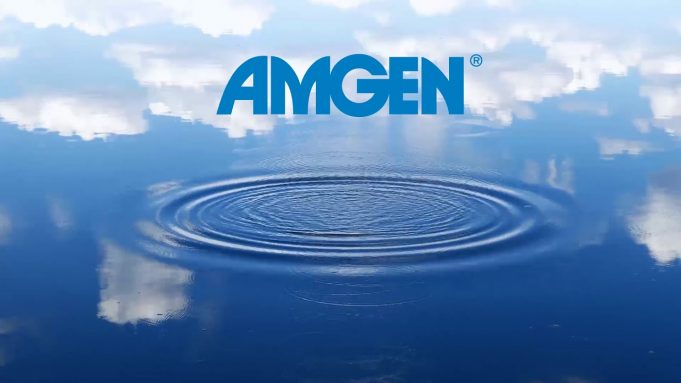Amgen Inc. a biotechnology pioneer, is one of the world’s leading independent biotechnology companies. The company uses human genetics and advanced biotechnology tools to discover, develop, manufacture and sell innovative human therapeutics. Amgen was incorporated in California in 1980 and became a Delaware corporation in 1987. Amgen operates in one business segment: human therapeutics.
Understanding Biotechnology Business
Modern biotechnology companies owe a lot to the first brewer, bread baker, and cheese maker, who taught us how to use microorganisms to make everyday edible products – beer, bread, and cheese.

Our better understanding of the biological world – molecular connections in the disease pathways and techniques to manipulate microorganisms, and adoption of new technologies- sequencing of the human genome and industrialization of manufacturing processes, has opened up new possibilities in medical diagnosis and therapy. This new branch of biopharmaceuticals – to produce medicinal compounds using biotechnology is revolutionizing and restructuring the pharma market.
Biotechnology companies often use the techniques of recombinant DNA for the production of innovative medicines. This usually involves isolating a human gene with therapeutic potential, or genetically engineering a potential therapeutic, then introducing it into bacteria, yeast or an animal cell line. The recombinant systems are induced to produce the protein in high quantities under controlled conditions. Biotechnology companies can produce large quantities of a highly purified protein for clinical and ultimately commercial therapeutic use. Human insulin was the world’s first biotechnologically manufactured medicine.
Understanding Amgen’s Business Model
Amgen, Inc. stands out in the biotechnology industry to transform itself from a medication development company into a biopharmaceutical manufacturer with steady revenue growth. Amgen owes its transformation mostly to two gene-spliced medications, Neupogen and Epogen. The company operates in one business segment: human therapeutics and offers products for six major therapeutic areas:

- Oncology/Haematology: The company offers nine innovative products and one biosimilar in this therapeutic area.
- Innovative Products: Kyprolis, Vectibix, Xgeva, Nplate, Neulasta, Aranesp, Blincyto, Imlygic and Neupogen are original innovative products
- Biosimilar: Amgen has launched Citucximab biosimilar in the market and is conducting Phase-3 trials for Rituximab, Bevacizumab, and Trastuzumab
- Cardiovascular: Amgen offers Repatha, Corlanor, Omecamtiv, mecarbil and AMG 899 products for the treatment of cardiovascular diseases
- Inflammation: The company offers one innovative product Enbrel. Infliximab, Adalimumab and AMG 157 are the biosimilars in development.
- Bone Health: Amgen offers Prolia, another product Romosozumab is in Phase-3 development.
- Nephrology: The company offers Epogen, Sensipar, Mimpara and Aranesp, another product Parsabiv is in clinical development.
- Neuroscience: Amgen is working on BACE and Erenumab in this therapeutic segment
Understanding Biotechnology Business Model
Biotechnology companies by regulation are prohibited to directly sell the medicines to patients. Companies reach out to patients through influencers (Providers/Physicians). Biotech companies get the prescriptions by convincing influencers about the superiority of their products over other available products. To reach out to the influencers, companies use both direct and indirect channels to create the need and build the brand.
- Direct Channels: Companies use field force for detailing the merits of products, invite influencers to promotional meetings and provide product ads in medical journals.
- Indirect Channels: Biotech companies use indirect channels to engage with influencers and targeted patient population. Sponsoring Continue Medical Education (CME) programs and providing assistance to advocacy groups are the common channels used by biotech companies

Amgen utilizes both direct and indirect channels to influence the prescribers (Doctors) to
- Prescribe new medicines to existing and new patients
- Get new patients for existing medications by making patients aware about their diseases
- Promote new indications for existing medications to providers.
The company sells these products primarily to medication wholesalers and retailers, hospitals, government agencies and health maintenance organizations (HMOs). Following diagram shows how Amgen generates revenues in biotechnology product business.
Amgen’s Revenue Model
As discussed earlier, Amgen sells Biotechnology products to patients through medication wholesalers & retailers, hospitals, government agencies & HMOs. The company also work with a network of regional business partners, licensing partners and other stakeholders to sell its products globally.

Amgen Revenues By Business Segment FY’15
In FY’15 (fiscal year ended December 31, 2015), Amgen generated $21.7 billion of total revenues. Of these total revenues, Amgen generated.
- $20.9 billion revenues, 96.7% of the total, from the Biotechnology products
- $0.7 billion revenues, 3.3% of the total from Royalty, contract, and other revenues
Amgen Profits And Profit Margins FY’15
Of the $21.7 billion of Amgen’s total revenues in FY’15, $4.2 billion were the costs of goods sold. This resulted in $17.4 billion of gross profit and a gross margin of 80.5%. Amgen’s other operating costs were $9.0 billion. These include marketing & administrative expenses, and research and development (R&D) expenses. This resulted in $8.5 billion of operating profit and an operating margin of 39.1%. After interest and other non-operating income and expenses and income taxes, Amgen had a net profit of $6.9 billion and a net margin of 32.0%.






